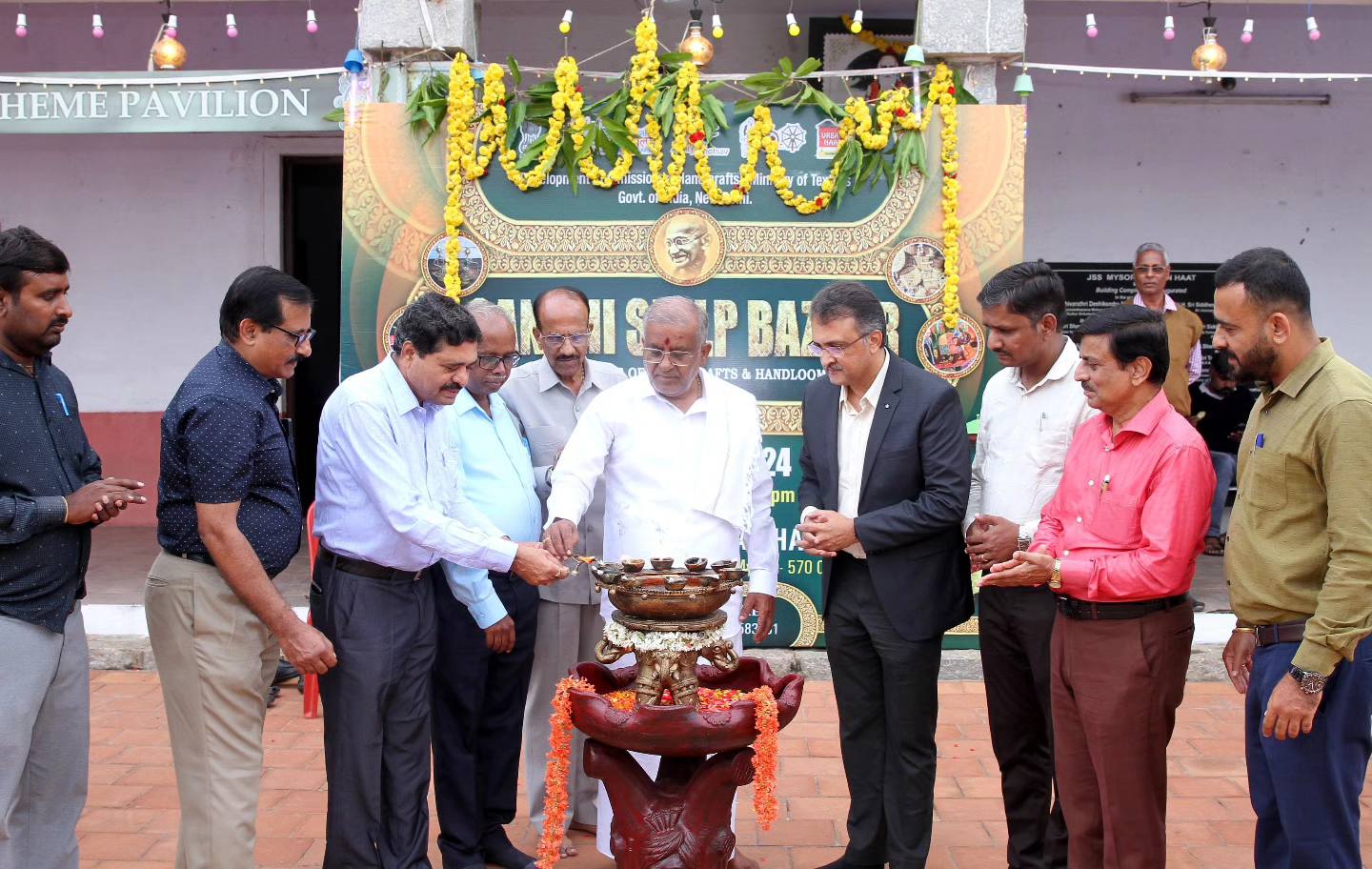India’s arts and crafts have always been an inseparable part of its cultural identity. Across generations, artisans from every state have preserved their unique traditions, techniques, and artistic expressions. From intricate handlooms and exquisite paintings to metalwork, pottery, stone carving, woodcraft, and folk art—each craft tells a story of heritage, skill, and creativity. JSS Mysore Urban Haat brings together this magnificent diversity of Indian craftsmanship under one vibrant roof. Here, visitors experience the finest handicrafts and handlooms from across the country, showcased and sold directly by artisans—free from middlemen—ensuring authenticity, fair prices, and meaningful support to craft communities.
India’s craft legacy is nurtured by artisans whose skills have been passed down through generations. Their creations, once crafted exclusively for royalty and nobility, now adorn elegant homes, contemporary spaces, and the collections of craft lovers worldwide. Government initiatives and dedicated design centers have worked to protect, promote, and empower these artisans, helping them adapt to changing markets while preserving age-old traditions. However, despite their mastery, many artisans still struggle to access reliable markets and connect with buyers who appreciate their work. To bridge this gap and strengthen the craft ecosystem, JSS Mysore Urban Haat was established in 2007 under the Public–Private Partnership model.
Visitors can explore Mysore paintings, wood carvings, metal works, pottery, handlooms, and folk arts from across India.
The hall provides artisans a platform to showcase authentic crafts directly to buyers, promoting fair trade and skill recognition.
The food court creates a welcoming space for visitors while supporting artisans’ interaction with craft lovers and tourists.
Artisans receive training and support to preserve traditional crafts and adapt to modern markets, ensuring heritage and excellence continue.

Stalls & Exhibition Halls
Total Project Investment